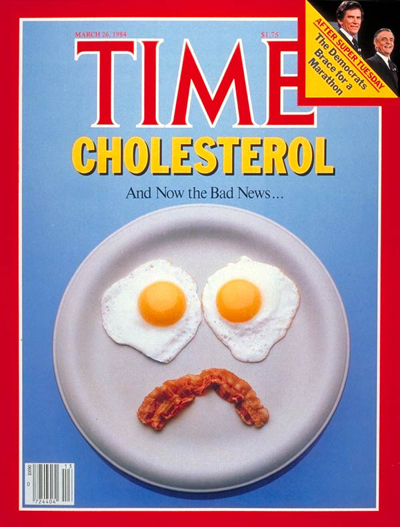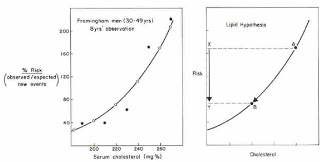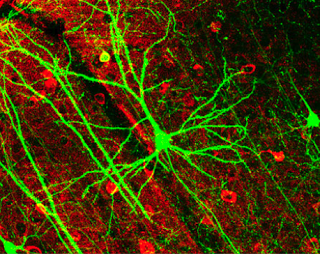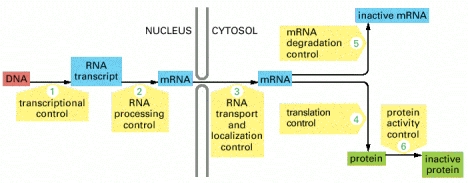In my last two posts, I argued for the importance of distinguishing the lipid hypothesis, which holds that high concentrations of cholesterol in the blood cause heart disease, from the diet-heart hypothesis, which holds that high amounts of saturated fat in the diet cause heart disease. If you missed them, you can read them here: The Proper …



